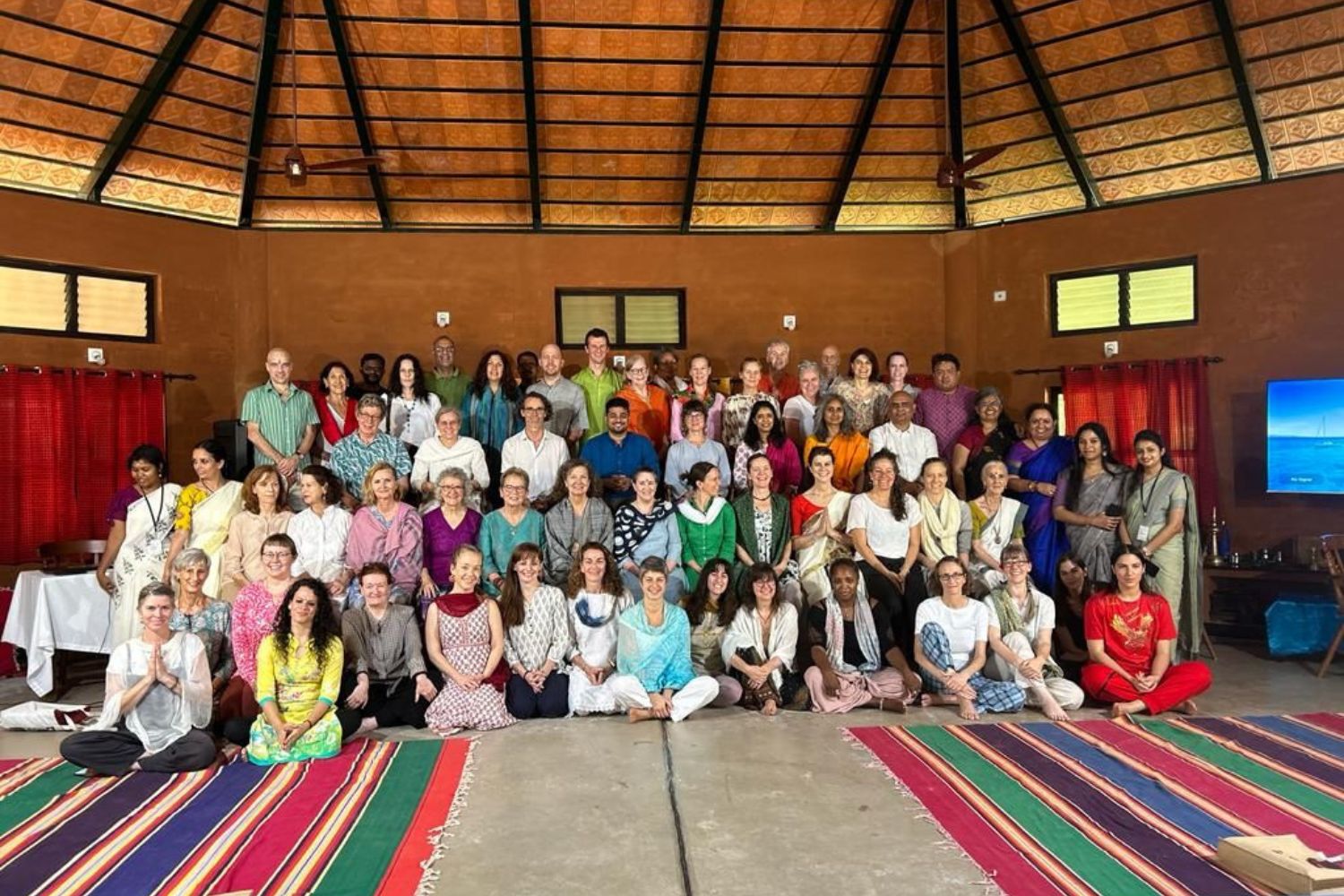Embracing the Wisdom of Vāstu Śāstra for Harmonious Living
In today’s fast-paced world, finding harmony and balance in our living spaces can be a challenge. However, the ancient science of Vāstu Śāstra offers timeless wisdom that can guide us in creating environments that promote physical, mental, and spiritual well-being. Rooted in Vedic traditions, Vāstu Śāstra, also known as Sthāpatya Veda, combines architecture and geomancy to align our living spaces with the natural elements and cardinal directions.
At the core of Vāstu Śāstra is the understanding that our surroundings profoundly impact our health and prosperity. This science emphasizes the balance of five fundamental elements—earth (prithvi), water (jala), fire (agni), air (vayu), and space (akasha). Each element is associated with specific directions: northeast for water, southeast for fire, southwest for earth, northwest for air, and the center for space. By harmonizing these elements in our homes and workplaces, we can enhance our overall well-being.
Historically, figures like Viśvakarma and Maya have played pivotal roles in shaping the principles of Vāstu Śāstra. Viśvakarma, known as the divine architect, is revered for designing the palaces of the gods, while Maya, a master architect, contributed significantly to the knowledge of sacred spaces. Their contributions highlight the importance of thoughtful and intentional design in achieving harmony with nature.

One might wonder how these ancient principles can be applied in modern living. The beauty of Vāstu Śāstra lies in its universal applicability. Regardless of cultural or religious background, anyone can benefit from aligning their environment with Vāstu principles. For instance, ensuring that the main entrance of your home faces east can bring in positive energy and light, fostering knowledge and growth. Similarly, maintaining the balance of elements by placing water features in the northeast and avoiding fire elements in sleeping areas can create a serene and healthy living space.
The interconnectedness of Vāstu Śāstra with other Vedic sciences like Ayurveda and astrology further enriches its application. Just as Ayurveda seeks to balance the body’s doshas—vata, pitta, and kapha—Vāstu aims to harmonize our external environment, reflecting the same principles of balance and alignment.
Incorporating Vāstu principles into our daily lives can lead to profound changes. Simple adjustments, such as decluttering spaces, orienting beds and desks in favorable directions, and using natural materials, can make a significant difference. These practices not only enhance the aesthetics of our spaces but also align them with the natural rhythms and energies of the universe.
As we embrace the wisdom of Vāstu Śāstra, we open ourselves to a life of greater harmony, health, and prosperity. By aligning our surroundings with the natural elements and directions, we can create sanctuaries that nurture our body, mind, and spirit. Let this ancient science guide us in transforming our living spaces into true havens of peace and balance.
In conclusion, Vāstu Śāstra offers a holistic approach to designing our environments, ensuring that we live in harmony with nature. Its timeless principles continue to provide valuable insights for enhancing our well-being and creating spaces that resonate with positive energy. By integrating these ancient teachings into our modern lives, we can achieve a deeper sense of fulfillment and joy.
Radhasharan Das ji recently joined us in Vedic Threads to give us an overview of Vāstu Śāstra. Join Vedic Threads membership to join our global community of curious, sincere participants, and world-class instructors, as we explore the cultural, scientific, artistic, spiritual and philosophical context in which Indian wisdom traditions like yoga and Ayurveda exist, and receive access to over 45 hours of past sessions.

